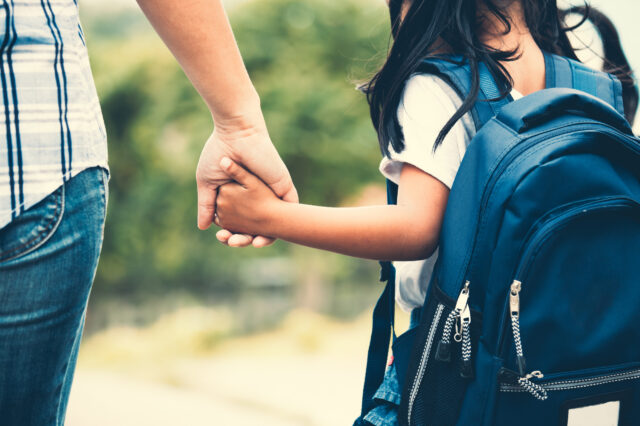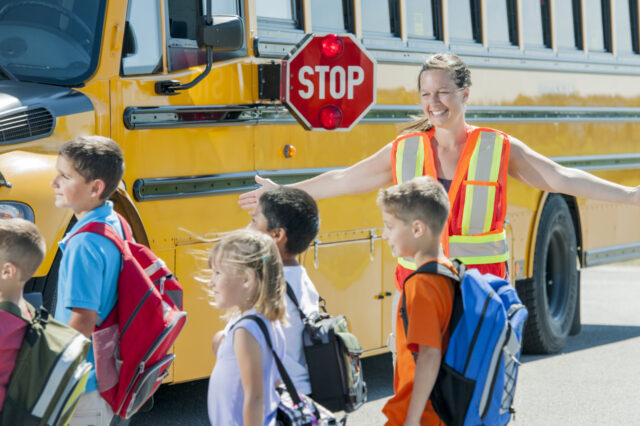Back-to-School Safety Tips
Though back-to-school shopping trips for new clothes and supplies may seem like a priority, parents also need to keep safety top of mind. Many accidents and injuries can be prevented with just a little planning.

Back-to-school is upon us again and can be an exciting time for parents and kids. Though shopping trips for new clothes and supplies may seem like a priority, parents also need to keep safety top of mind. Many accidents and injuries can be prevented with just a little planning.
Dress for success
To prevent injury, backpacks should have wide straps, padding in the back and on the shoulder straps and weigh no more than 10% to 15% of a child’s body weight.
When placing items in a backpack, place the heavier items in first. The closer the heavier items are to a child’s back, the less strain it will cause. Children should use both backpack straps and all compartments for an even distribution of weight.
For clothing, remove drawstrings from jackets, sweatshirts and hooded shirts to reduce the risk of potential strangulation injuries. These items can get caught on playground equipment.
School bus musts
Riding the bus is a safe way for kids to get to school. In fact, the bus can be almost 70 times safer than traveling by car, especially when following these precautions:
- Arrive early. Make it a habit to arrive at the bus stop at least five minutes before the scheduled pickup. This can prevent running to catch the bus, which could cause injury and endanger kids if other cars are on the road. Be sure the bus comes to a complete stop before children board.
- Stay safe on the ride. Remind your children to remain seated while riding the bus and keep their head and arms inside the bus at all times. They should also avoid shouting at or distracting the driver.
- Depart carefully. When children are getting off the bus, remind them to listen to the driver’s instructions and wait until the bus comes to a complete stop before departing. Remind kids to not walk in the driver’s “blind spot” — the entire area 10 feet directly in front of the bus. Parents can practice this with their kids on the weekend if needed.
Travel with care
Whether taking the bus, walking or driving to school, these are additional important travel reminders to keep in mind.
- Walk with caution. If kids are walking to school or the bus stop, plan a safe route with them. Choose the most direct way with the fewest street crossings and, if possible, with intersections that have crossing guards. Teach your kids to look both ways and make eye contact with the crossing guard to ensure it is safe to walk.
- Adhere to driving etiquette. When picking kids up from school, always obey school zone speed limits and follow your school’s drop-off procedure. Never pass a bus loading or unloading children. The 10 feet area around a school bus is the most dangerous for children, so stop far enough back to allow them to safely enter and exit the bus.
- Be wary of strangers. Teach your children never to talk to or accept rides or gifts from strangers. Remember, a stranger is anyone you or your children don’t know well or don’t trust.
TraumaOne at UF Health Jacksonville is the only adult and pediatric Level I trauma program in Northeast Florida and Southeast Georgia. Our TraumaOne team is dedicated to the safety of our community. Find more resources on injury prevention at TraumaOne.UFHealthJax.org.
